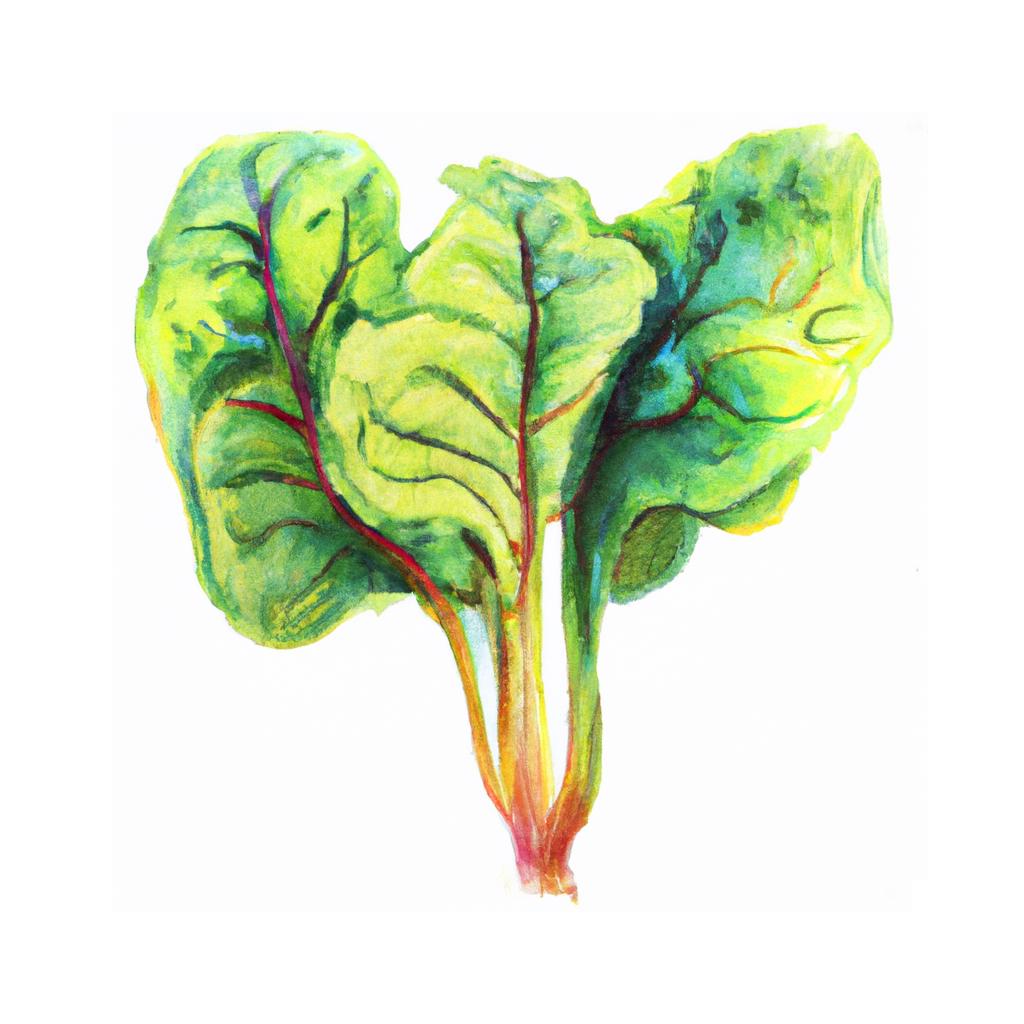
Swiss Chard, also known as Beta vulgaris subsp. cicla, is a leafy green vegetable belonging to the beet family, Chenopodiaceae. Although its name suggests that it originates from Switzerland, Swiss chard is native to the Mediterranean region and has been cultivated for centuries. The word 'Swiss' was attached to distinguish it from French spinach varieties in the 19th century.
Swiss chard is highly nutritious, packed with vitamins A, C, and K, as well as a good source of magnesium, potassium, iron, and dietary fiber. It is low in calories, making it a popular choice for those looking to maintain a healthy diet. The vibrant stems come in various colors, including red, yellow, and white, adding visual appeal to any dish.
Swiss chard has a slightly bitter taste, which mellows when cooked. It can be prepared in many ways, such as sautéed, steamed, or added to soups and stews. Young leaves can also be eaten raw in salads, while the colorful stalks can be cooked separately as a side dish or used in recipes like gratins or quiches.
One interesting historical fact is that Swiss chard was used medicinally by ancient Greeks for its laxative properties. Later, Arab agronomists developed various strains of Swiss chard during the Islamic Golden Age, considering it an essential vegetable crop.
Swiss chard pairs well with a variety of foods, such as nuts, cheese, legumes, and grains. Common flavor companions include garlic, onions, and herbs like basil or thyme. You can also find Swiss chard featured in Mediterranean dishes, such as Italian pasta e fagioli or Greek hortopita.
This is advice is most applicable to growers in the UK, you may need to adjust the timings if you live somewhere with a different climate and/or seasons.
| Month | Tasks | Advice |
|---|---|---|
| January | - | - |
| February | Start seeds indoors, | Sow Swiss Chard seeds indoors, keeping the soil moist and temperatures around 15-18°C (60-65°F). |
| March | Harden off seedlings, | Begin to gradually expose the Swiss Chard seedlings to outdoor conditions for about a week before transplanting. |
| April | Transplant seedlings, Sow seeds outdoors, | Plant out Swiss Chard seedlings or sow seeds directly into the ground with a spacing of 30cm (12 inches) apart in rows 45cm (18 inches) apart. |
| May | Thin seedlings, Water regularly, | Thin seedlings to their final spacing, and ensure consistent watering to prevent bolting. |
| June | Water regularly, Keep soil moist, | Maintain consistent moisture levels in the soil to support healthy growth. |
| July | Harvest leaves, | Begin harvesting leaves when they are large enough to use, taking the outer leaves first and allowing the center to continue growing. |
| August | Harvest leaves, | Continue harvesting leaves throughout the season, as needed. |
| September | Harvest leaves, Water regularly, | Harvest Swiss Chard leaves and maintain regular watering for continued growth. |
| October | Harvest leaves, Protect from frost, | Continue harvesting leaves and protect plants with cloches or fleece if frost is forecasted. |
| November | Protect from frost, | Cover Swiss Chard plants with cloches or fleece to extend the harvest season and protect from frost. |
| December | - | - |